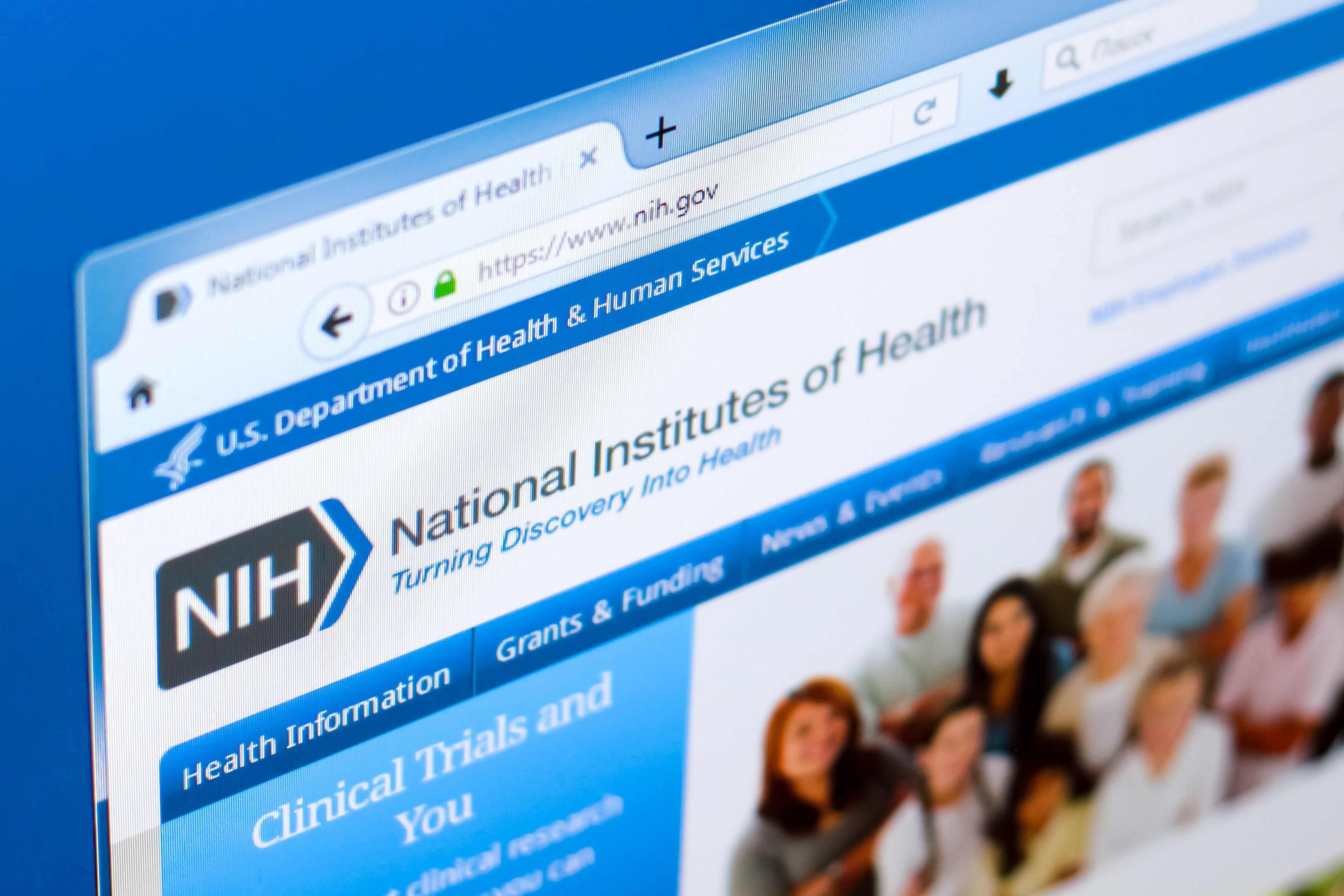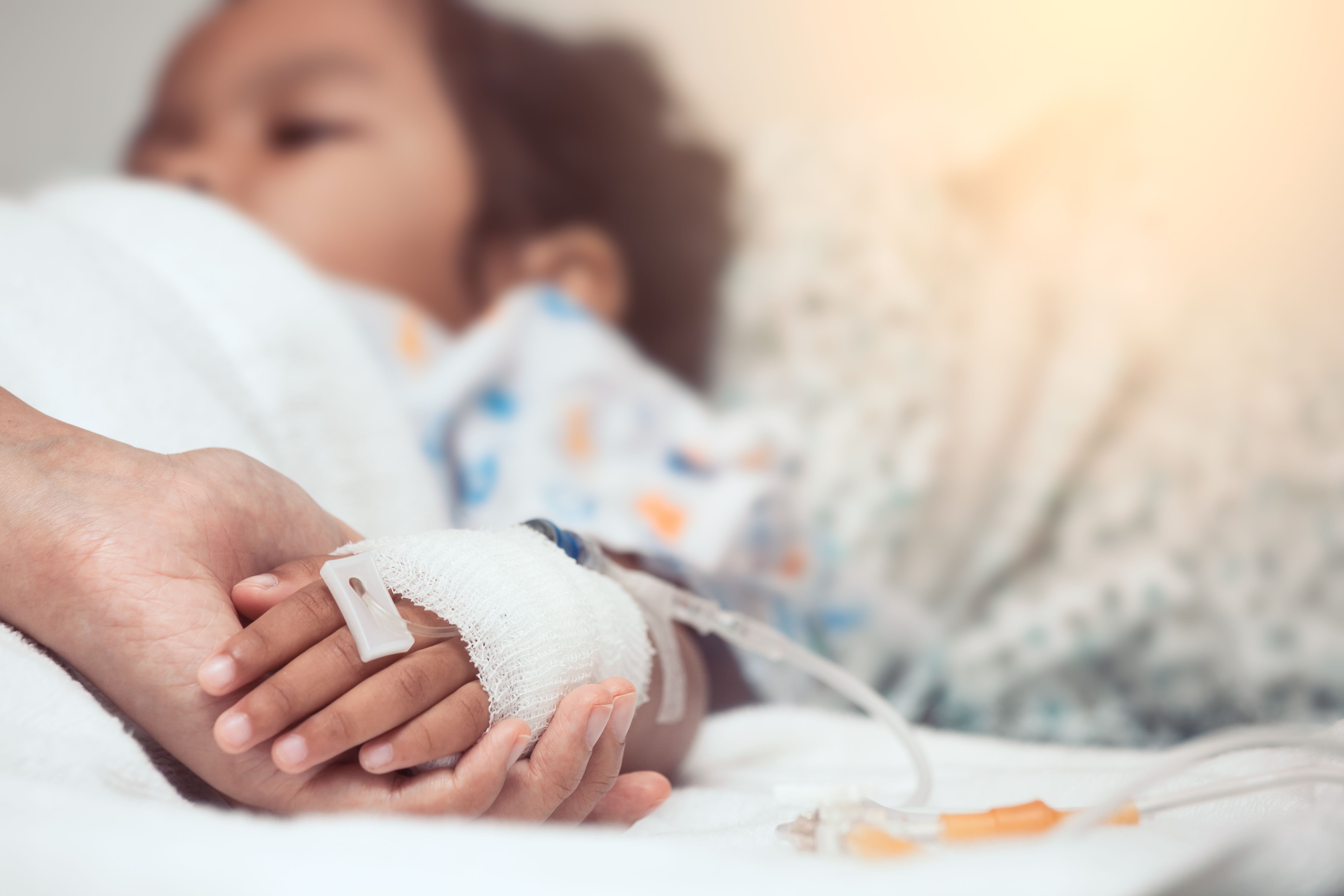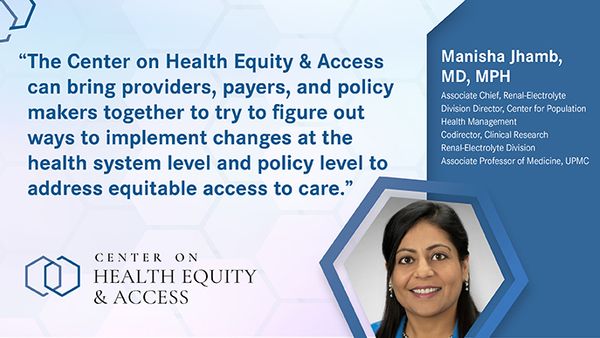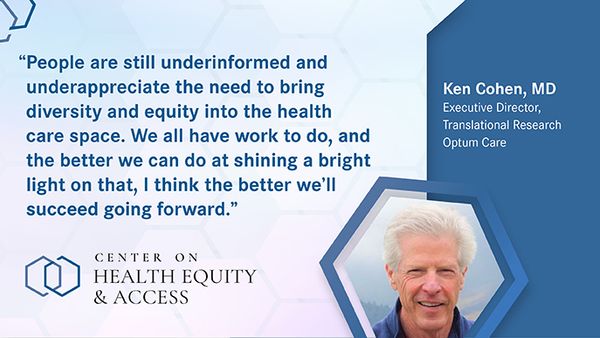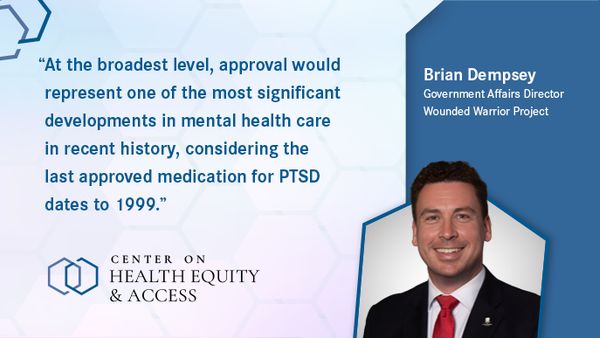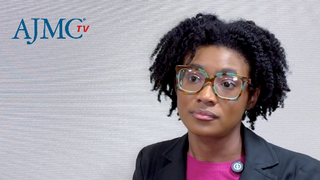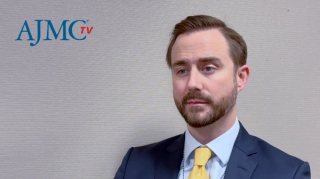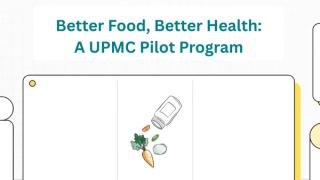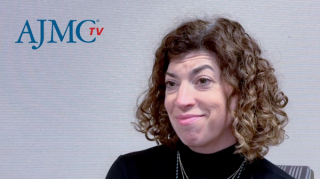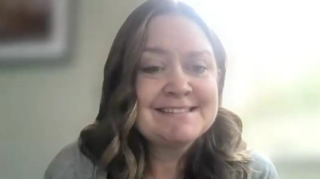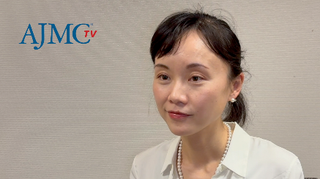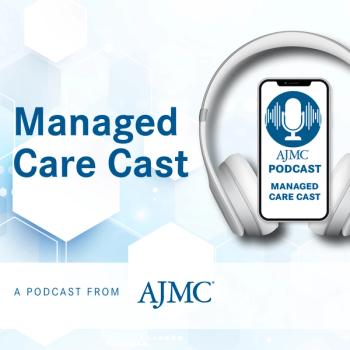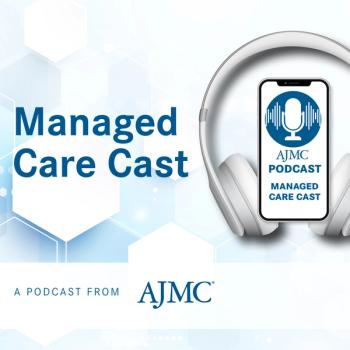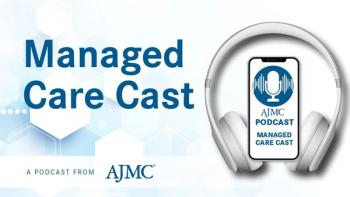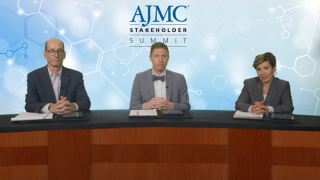
Center on Health Equity & Access
Latest News
Video Series

Latest Videos
Shorts


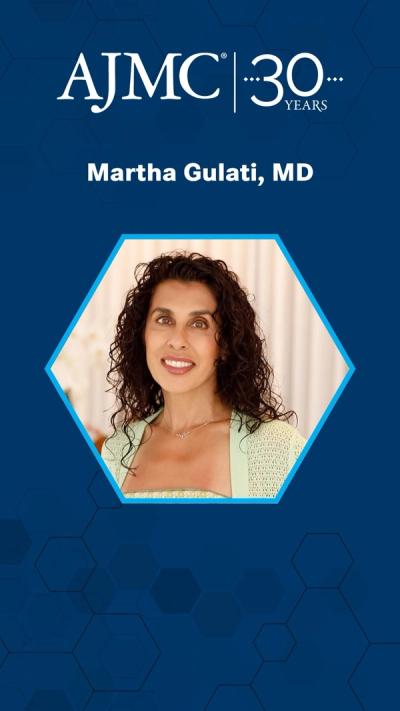
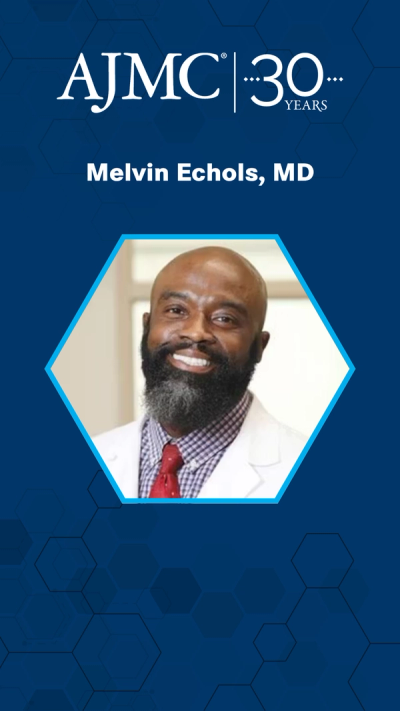
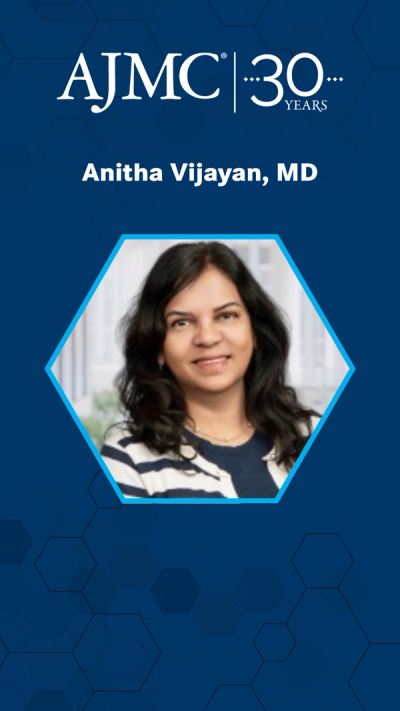


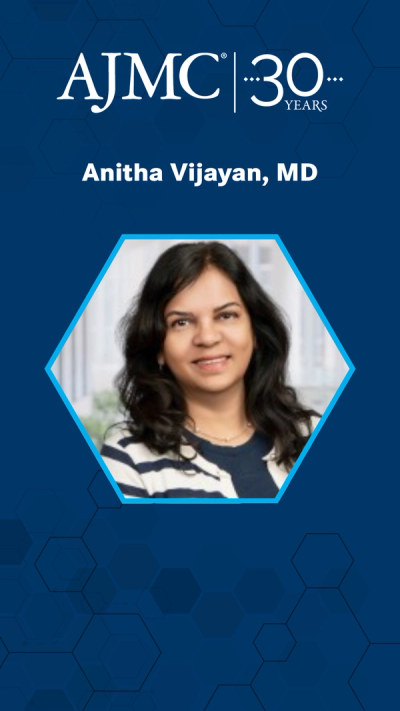


Podcasts
CME Content
More News

Global ovarian and uterine cancer cases due to high BMI have risen sharply over the past 30 years, especially in low- to middle-income sociodemoraphic regions.
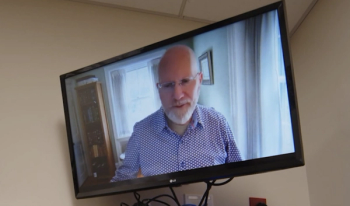

To mark the 30th anniversary of The American Journal of Managed Care, each issue in 2025 includes a special feature: reflections from a thought leader on what has changed—and what has not—over the past 3 decades and what’s next for managed care. The November issue features a conversation with Laurie C. Zephyrin, MD, MPH, MBA, senior vice president for achieving equitable outcomes at the Commonwealth Fund. This interview has been edited for length and clarity.
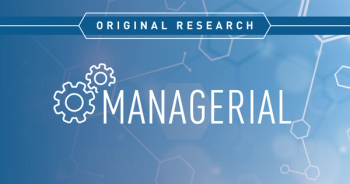
Utilizing the Health Insurance Disparities Index for assessment, the authors found that New York’s Medicaid health maintenance organizations (HMOs) outperformed Medicaid HMOs nationally in addressing health care disparities from 2019 to 2023.
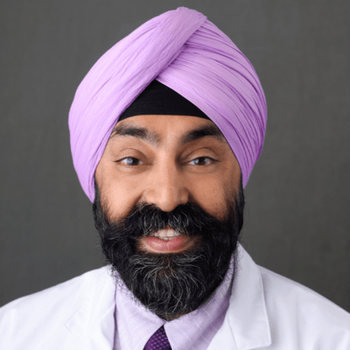
A white paper explores how biomarker testing enhances patient outcomes and what barriers prevent access in several common cancers.
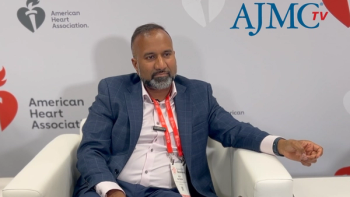
Integrating nephrology and cardiology care for patients with kidney and cardiovascular (CV) risks can be challenging but is possible, said Roy Mathew, MD.
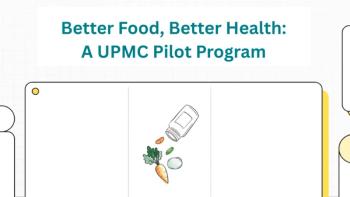
UPMC's Better Food, Better Health program revealed transformative insights on food and health, emphasizing personal victories and community engagement in overcoming barriers.

Only 4% of NIH prevention projects target health disparities, revealing a major gap between equity research and real-world implementation.
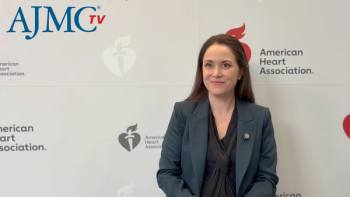
The oral PCSK9 inhibitor enlicitide can change cholesterol management with high efficacy and improved adherence, said Ann Marie Navar, MD, PhD.

Experts at AHA 2025 outlined how digital tools, inclusive trials, and safer deprescribing can reshape cardiovascular care for aging adults.
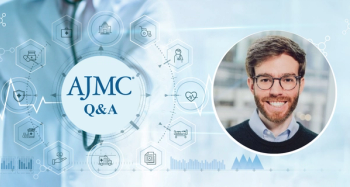
The introduction of more stringent work requirements for those enrolling or renewing their Medicaid coverage can affect both children and adults.
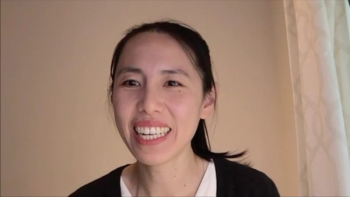
Aligning patient and insurer incentives through price transparency, lower out-of-pocket costs, and broader networks could boost ASC use and access.

CMS introduced the GENEROUS Model to reduce Medicaid drug costs, enhance access, and improve health outcomes for beneficiaries starting in 2026.
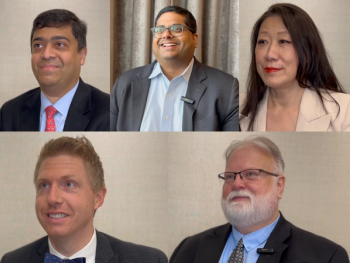
Oncology experts at PCOC 2025 discuss breakthrough therapies, AI-driven care, and evolving care delivery models shaping the future of oncology.

Patients save most on outpatient surgeries at in-network sites, so Xiaoxi Zhao, PhD, emphasizes that transparency could help them make better cost choices.

Experts analyze how Trump's drug pricing policies, including Most Favored Nation (MFN) and tariffs, reshape pharma markets and impact patient costs and access.

UPMC's pilot program reveals how social determinants of health impact food access and blood sugar management, challenging traditional health care assumptions.

RPM may improve patient access to care, especially those with high-risk conditions, but not without a significant cost.

Confusion around how to verify work hours could leave millions unenrolled after the passing of the One Big Beautiful Bill Act.

A JAMA study found 30-day outpatient follow-up decreases hospital readmissions, especially for patients with heart failure and heart attack.

Young and frequently incarcerated individuals living with HIV require discharge planning and post release support to maintain viral suppression outcomes.

Michael Hassett, MD, MPH, discusses the rise of oral therapeutics in breast cancer care, emphasizing patient support, education, and overcoming financial barriers for better outcomes.
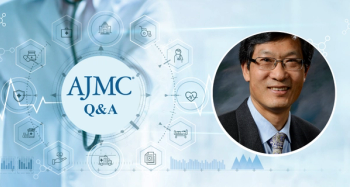
Breast cancer is the most researched disease globally, yet there are still significant gaps in equity and access to care and treatments.

Guideline-directed medical therapy used with remote monitoring can potentially reduce hospitalization in patients with heart failure with ejection fraction.

Experts discuss the evolution of cancer care, emphasizing value-based approaches, precision oncology, and the importance of multidisciplinary collaboration for improved patient outcomes.



